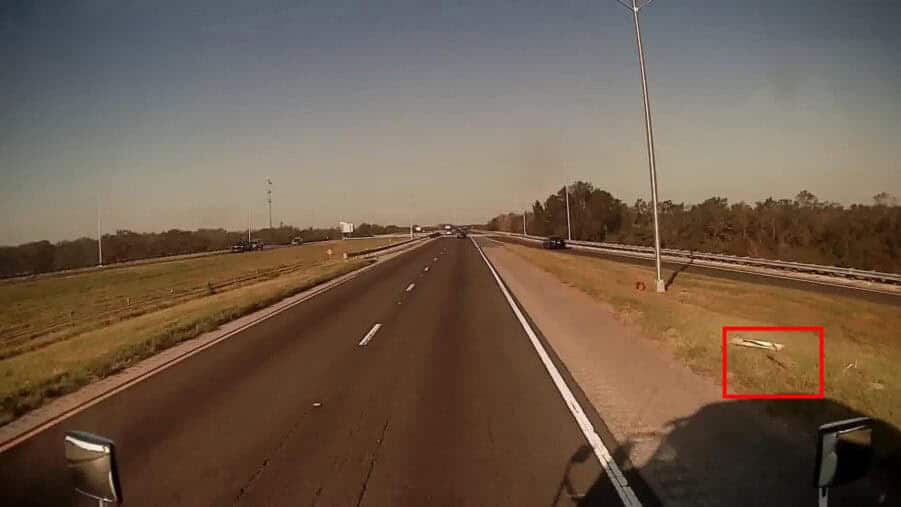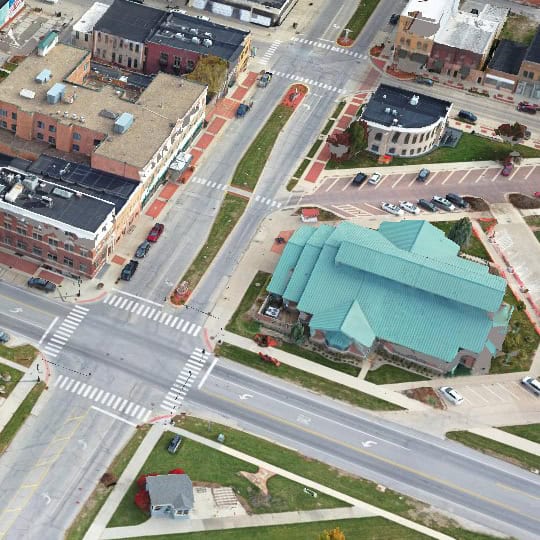Uganda’s Kidepo Valley National Park covers two major river valley systems, the Kidepo and the Narus, creating a prime oasis in the country’s otherwise arid northeastern savanna. Visitors to the park can see some of Africa’s most iconic creatures, including zebras, giraffes, elephants, leopards, and spotted hyenas.
However, located in an isolated rural area 520 kilometers northeast of Uganda’s capital and largest city, Kampala, and 220 kilometers from the nearest large town, Moroto, Kidepo Valley has remained a largely hidden gem. According to Uganda’s Ministry of Tourism, Wildlife & Antiquities, it receives considerably less tourist traffic than other prominent national attractions, including Murchison Falls and Queen Elizabeth National Park.
Creating a More Accessible Path to a National Park
To make the park more accessible, as well as make it a more desirable tourist destination, the Uganda National Road Authority (UNRA) sought to improve the quality of one of the few roads with connections to the park: Kotido-Kaabong Road. This route stretches between the rural towns of Kotido and Kaabong before continuing to Kidepo. It has also been identified by UNRA as a critical trunk road to target in Uganda’s overarching strategy to strengthen the capacity of roads throughout the country.
To meet these goals, UNRA solicited the help of two engineering organizations to execute the improvements to Kotido-Kaabong Road—China Communications Construction Company Uganda Branch (CCCC) as the general contractor, and China Highway Engineering Consulting Corporation (CHECC) to oversee engineering and design.
“The construction of the road could improve the traffic capacity of Uganda’s rural road network. It will also help to improve the development of local tourism and create job opportunities,” said Yangyang Lin, associate chief engineer for CHECC.
Cross-continent Communication
When conceptualizing the Kotido-Kaabong Tourist Road Project, CHECC’s first challenge was to navigate differences in standard engineering practices and metrics. For instance, UNRA adopted British standard practices for this project, which required CHECC to convert project measurements from domestic design specifications. Software that CHECC had traditionally used in the design phase of infrastructure projects was unable to recognize drawings when transferred across platforms using different design standards, so the company made the switch to Bentley applications that have built-in British standard specifications.
Additionally, the project team used Bentley’s project collaboration platform to integrate design, construction process management, and cost management activities into a single location, which was key to streamlining communication between multiple organizations on different continents.
Smooth digital collaboration on the project’s design phase, which kicked off in 2020, became even more important as the COVID-19 pandemic persisted. With heightened international travel costs and restrictions, CHECC was only able to send surveying personnel to Uganda on a limited basis. However, the team could minimize the number of staff needed on the ground by using unmanned aerial vehicle footage to capture video that was transferred to Bentley’s digital twin platform.
“By [using these technologies], we can optimize the land acquisition and demolition program and effectively promote the progress of the project, while the general contractor can use the platform to update assets in real-time and improve the efficiency of project asset management,” said Bin Zhao, the CHECC engineer who oversaw building information modeling implementation for the project.
Mutual Benefits of a Digital Approach
Choosing a digital approach for the Kotido-Kaabong Road project had another benefit unique to the landscape of the region: the road winds through a nature reserve where wild animals hunt. This makes traditional, boots-on-the-ground surveying dangerous, time-consuming, and costly. By digitizing most of the surveying and design processes, CHECC and its partners not only prioritized safety —both for team members and the animals—but also saved around 25 days of work and an estimated USD 350,000.
Time saved on construction had an upside on the project costs and helped minimize disturbances caused by the construction work on the wildlife. During design, CHECC also worked to consider the effect road construction could have on animal habitats.
“It’s quite an important part of this project. We needed to choose an alignment, which minimizes the impact to these lovely animals. We need to protect them,” Lin said.
Consideration for regional values and priorities were top of mind, according to Lin, as CHECC hopes to build the relationship between itself and UNRA, as well as between the countries of China and Uganda. With that in mind, CHECC and CCCC have committed to finding ways to assist local residents who live in the Kotido and Kaabong areas, such as adding a series of wells along the road to improve local residents’ access to water, which will help ensure that workers entering the area for construction will not overdraw limited local water supplies.
While the Kotido-Kaabong Road project does represent an exciting step forward as the first BIM-centered road project in Uganda, these steps keep focus on the most salient purpose of the project—to advance the country’s rural development.









